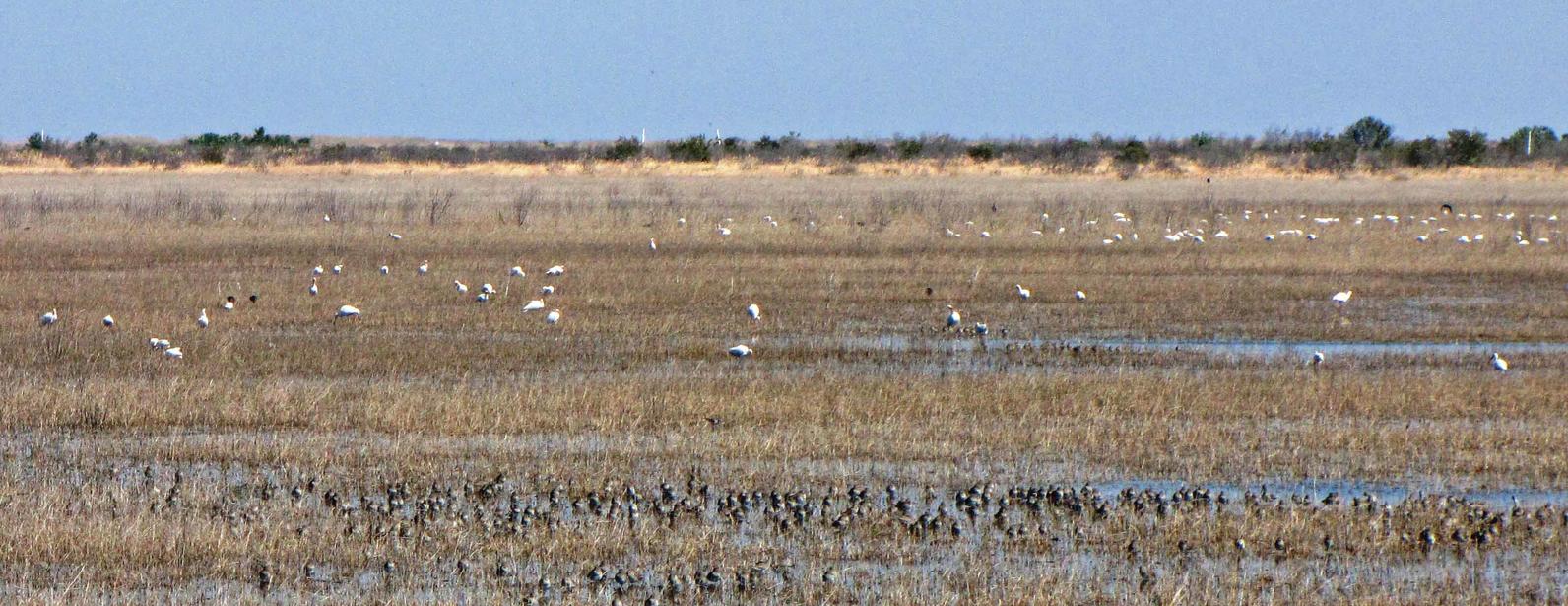Picture a metaphorical multi-lane expressway stretching from just south of Orlando through the 2.6 million-acre Northern Everglades watershed and exiting along the north shore of Lake Okeechobee. But instead of cars and trucks, this expressway conveys runoff laden with nutrients, mainly phosphorus and nitrogen, into the lake.
The bulk of the traffic comes from fertilizers and animal waste from agricultural sources such as dairies, citrus, sugarcane and row crop farms, and cow-calf operations. Pollutants from urban stormwater, septic tanks, and biosolids dumping from urban areas add to the traffic.
Traffic capacity for phosphorus on the nutrient expressway is 105 metric tons per year on average (see 1 below). Set by the Florida Department of Environmental Protection (DEP), this is the maximum amount of phosphorus the lake can absorb and maintain a healthy ecosystem while avoiding harmful algal blooms.

Additionally, drainage from the Northern Everglades watershed provides the fuel for nutrients traveling to the lake. During a “normal” or “non-peak” water year (see 2 below) like 2019, 442 metric tons (mt) of phosphorus whisked along the nutrient expressway into Lake O, far exceeding the maximum capacity allowed by DEP. Extreme weather events — such as Hurricane Irma — create “rush hour” water years like 2018, when 1,081 mt of phosphorus jammed the nutrient expressway on its way to the lake.
Today, the main exits off this road are the Northern Estuaries, where nutrient-enriched waters are discharged east and west from the lake through the Caloosahatchee and St. Lucie estuaries.
How do we begin solving this traffic nightmare?
- Urge DEP to adopt effective comprehensive rules of the road to stop the continuing influx of pollutants entering Lake Okeechobee. The current rule book, called a Basin Management Action Plan, lacks sufficient projects and initiatives to be effective.
- Provide “rest stops” along the nutrient expressway that can retain and clean large volumes of water before it enters the lake with a combination of regional projects, conservation easements, water storage arrangements with private landowners, and wetland restoration projects.
- Implement effective, verifiable, and enforceable agricultural best management practices (BMPs) using the best available science and ensure full enrollment in the BMP program.
Audubon’s Everglades science and policy teams are working with state and federal regulators and decision makers to get pollutants off the nutrient expressway. We will reach out to you for your support of these initiatives and solutions.
1) Lake Okeechobee only has a maximum load for phosphorus but does not have one for nitrogen. Audubon advocates that we need a limit for nitrogen into the Lake as well.
2) Water years in Florida run from May 1 to April 30.



